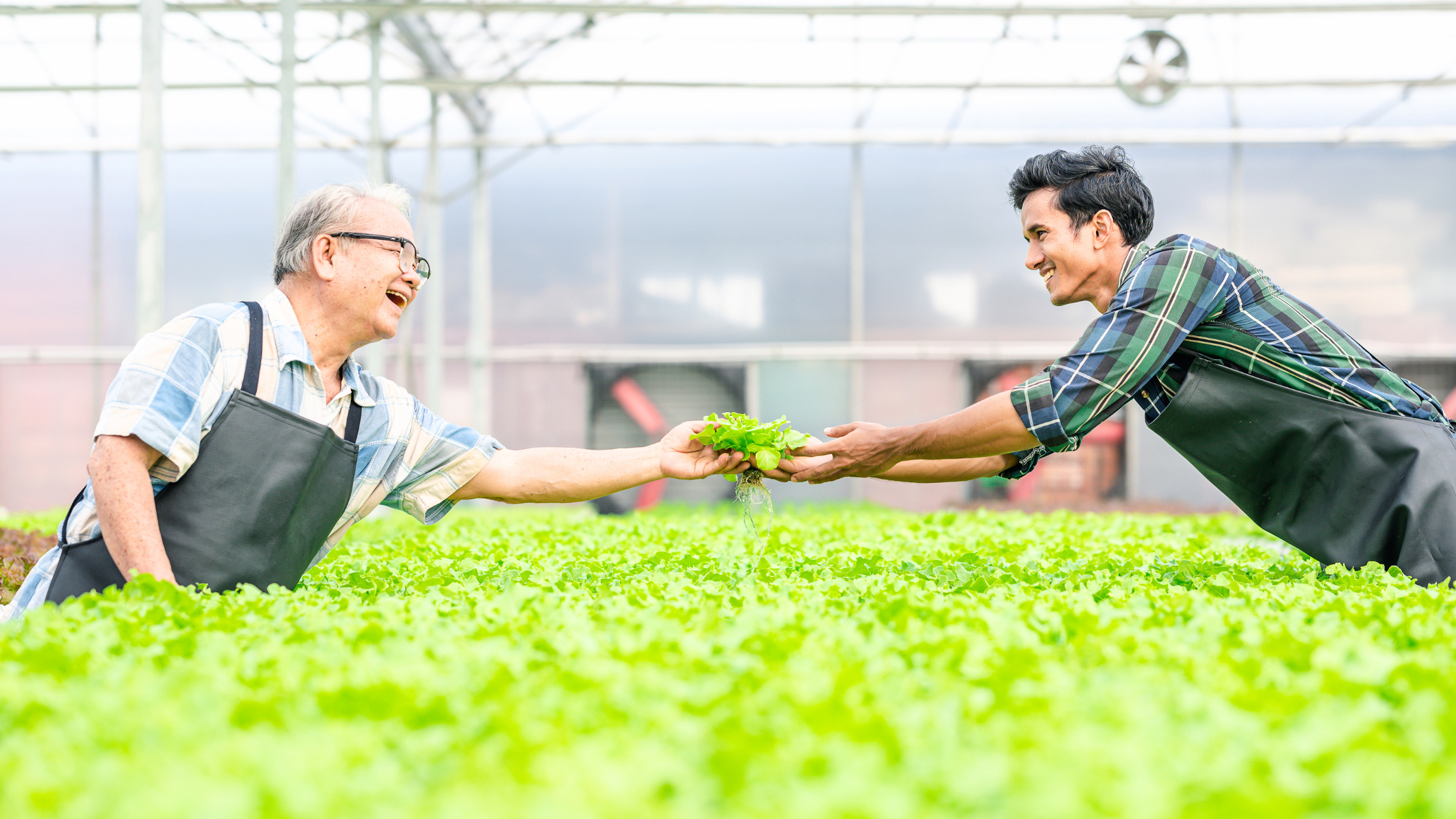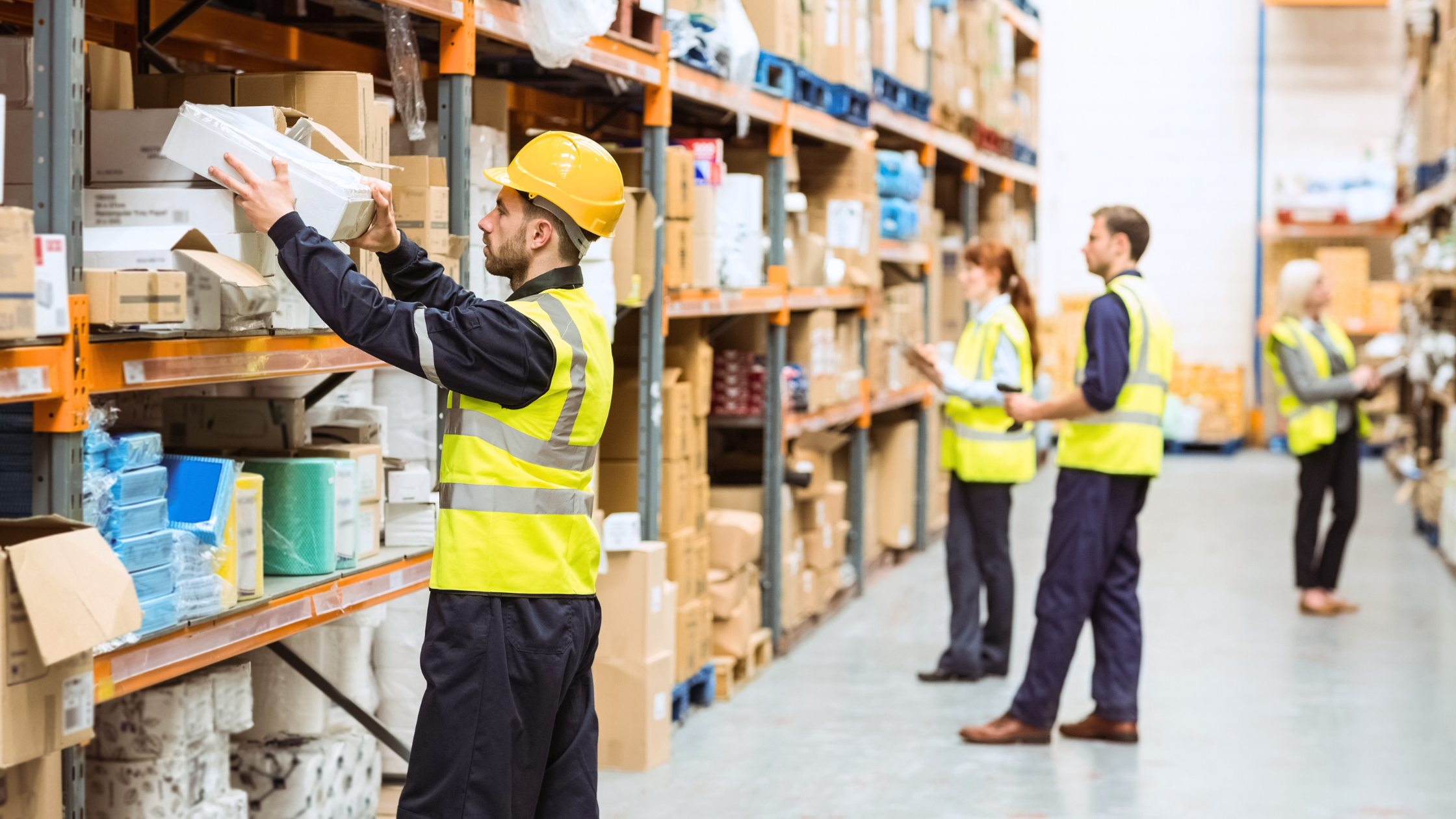
Why Supply Chain Emissions are the Biggest Blind Spot in Food and Beverage
Author
Karbon-X
Author
Karbon-X
Where the Impact Hides: Downstream Blind Spots
For food and beverage companies, climate action often starts close to home — with energy-efficient operations, low-waste production, and lower-impact packaging. But these internal initiatives, while important, barely scratch the surface.
The majority of a company’s emissions often come from the extended supply chain — including how products are sourced, transported, and used. And yet, despite the scale of this challenge, many businesses are still flying blind.
In fact, the majority of a food and beverage company’s total emissions can come from the later stages of the supply chain, including everything from how productions are prepared for distribution, transported, and even consumed.
Yet despite the scale of the problem, many companies are still in the dark.
The Hidden Majority: Why Scope 3 Emissions Are Overlooked
Scope 3 emissions in food and beverage are complex, global, and fragmented. Ingredients may pass through dozens of suppliers, each with different environmental standards and data capabilities.
Unlike Scope 1 or 2, these emissions are tied to activities outside a company’s direct control, making visibility — let alone reduction — a serious challenge. And with regulatory and investor scrutiny accelerating, the companies without a Scope 3 strategy will quickly find themselves behind.

Why It Matters More Than Ever
If food and beverage companies want to meet their climate goals and protect long-term value, Scope 3 can’t be an afterthought.
Agriculture alone contributes to nearly a third of global GHG emissions.
Transportation is growing rapidly, driven by global exports and last-mile delivery.
Consumers and investors are demanding greater accountability across the entire value chain.
Scope 3 emissions aren’t just a reporting issue — they’re a business risk.
Real-World Impacts: Where Blind Spots Hurt Most
Blind spots in supply chain emissions can impact:
Profitability: High-emission suppliers and inefficient logistics drive hidden costs.
Reputation: Stakeholders expect transparency, not just promises.
Resilience: Supply chains heavy in carbon are more exposed to climate risk and regulatory shifts.
What Food & Beverage Companies Can Do
You don’t need to be a global giant to take meaningful action.
Here are four steps any company can take to shed light on supply chain emissions:
Identify your hotspots. Focus on high-impact areas like agriculture, packaging, and transportation.
Engage your suppliers. Start conversations and align on sustainability data, reduction goals, and visibility.
Establish a Scope 3 strategy. Establish realistic baselines and use credible tools to measure progress over time.
Leverage Expert Resources: Industry playbooks, templates, and peer case studies can help you take faster, smarter action.

Get the Tools to Turn Blind Spots into Action
We created the Food & Beverage Playbook to help companies turn Scope 3 emissions into a strategic advantage.
Inside, you’ll find:
A framework for identifying and addressing emissions blind spots
Supplier engagement tactics that drive results
Examples from leaders like Nestlé, Mars, and PepsiCo
Emissions tracking tools and actionable templates
Because the most overlooked emissions are often the ones with the greatest opportunity.